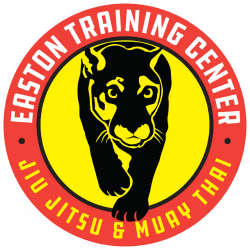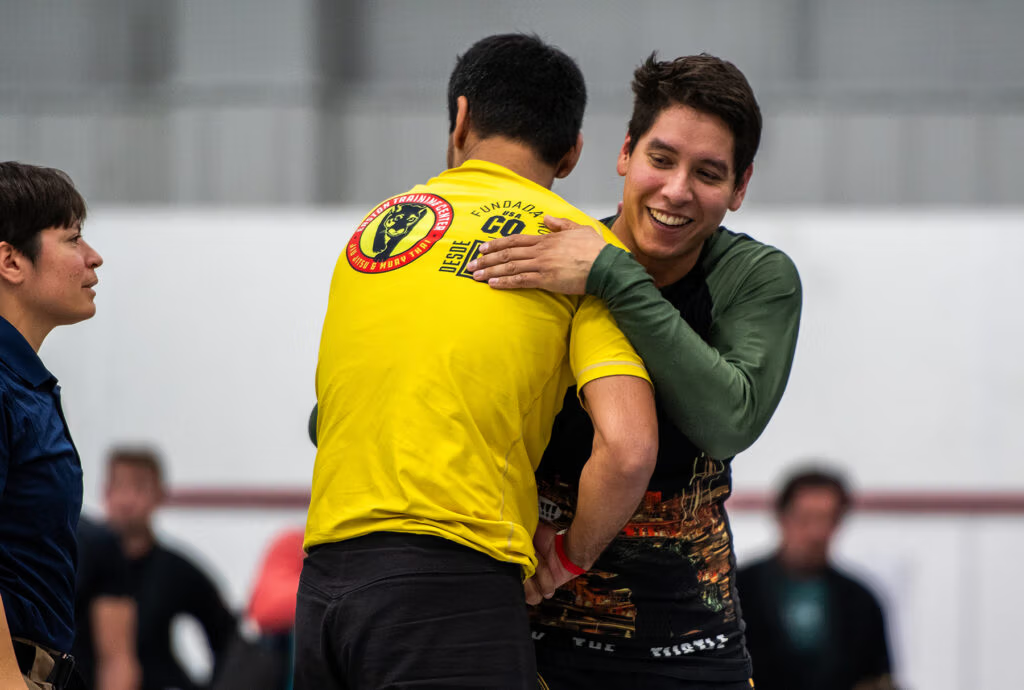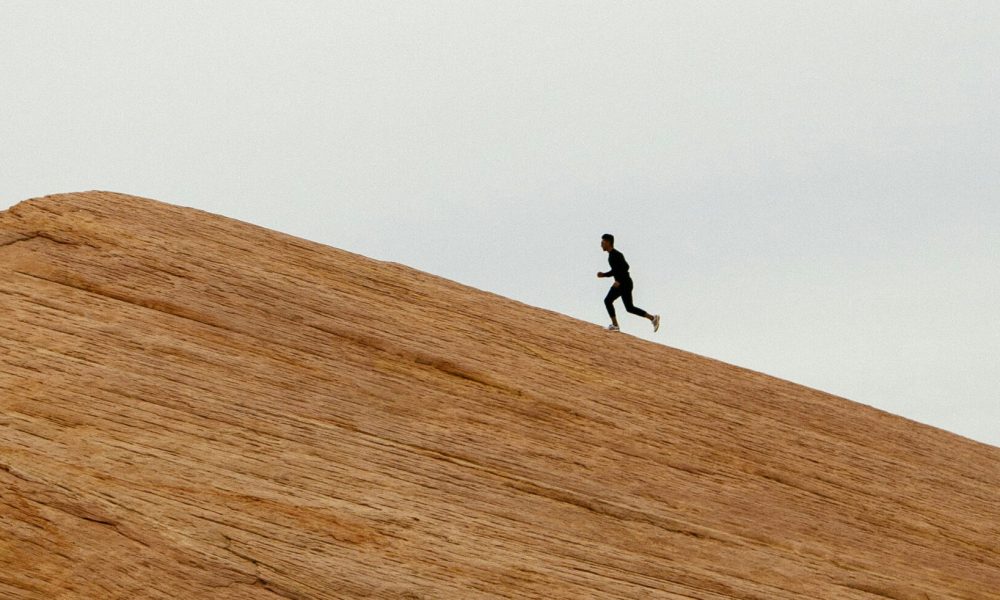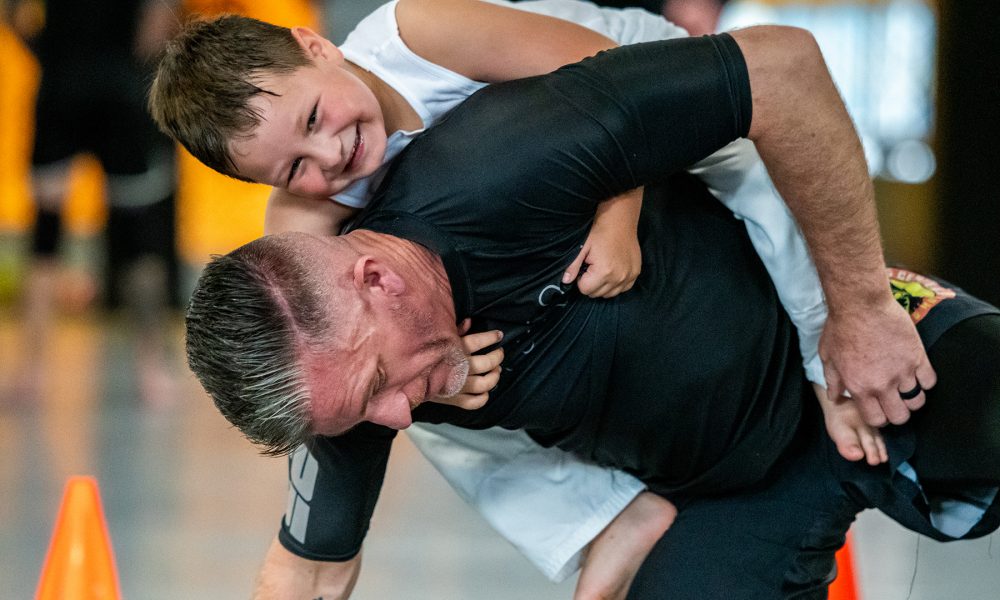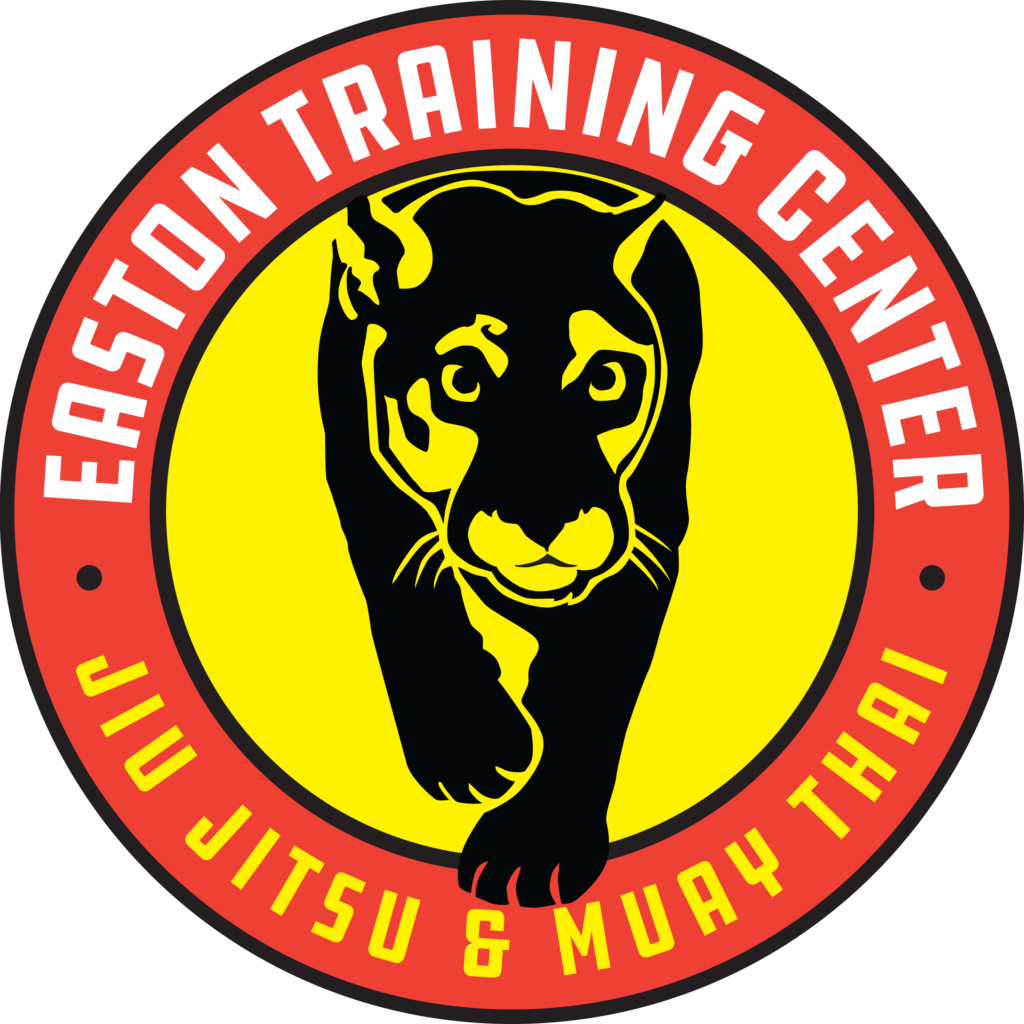As a Brazilian Jiu Jitsu and Muay Thai academy focused on growing well-rounded martial artists, we often lean on diverse knowledge from various wellness sectors to supplement our learning.
When you embark on your martial arts journey, you’re not just embarking on a journey through ranks of belts or shirt colors; you’re welcoming the huge shift that comes along with it – in body, mind and spirit.
It’s easy to get caught up in a new hobby and spend all your time training. However, overtraining can lead to strain, fatigue and worst case scenario – injuries that keep you off the mat while you heal. If you want to make this a long-term commitment, you’ll have to look at the big picture and think about sustainability.
At Easton, we do everything in our power to ensure a positive environment for you. We believe that taking a holistic perspective to the training process – encouraging breaks and rest as well as hard rounds — makes a better practitioner in the long run.
The best way to stay on the mats for a long, long time is to balance your training with wellness and recovery. You may be able to go at 100 percent every day and train twice a day when you’re 22, but gradually you’ll have to adjust to a more reasonable pace as your physiology, needs and time constraints change.
(For those of you who are in your 20s, this doesn’t just go for the years ahead. You also don’t want to spend your 20s full of injuries and breaks from the mat because you refused to let your ego take a backseat and neglected self care.)
[Improve at Any Age with Better Sleep, Diet and Stretching]

We encourage you to find your own rhythm when it comes to your training schedule and intensity without comparing yourself to others or compromising your well-being.
From rest and recovery to mindfulness, fasting and breathwork, we try to integrate helpful conversations which can add value to your martial arts journey.
We do this through wellness- and recovery-focused blog posts, but we also do it in the form of seminars such as our Wim Hof seminar with ice baths and breathwork, and partner discounts with other fitness and wellness businesses.
Chances are, if you’re a student of Jiu Jitsu or Muay Thai, you’re likely already taking an action-oriented approach to wellness in your life. These tools will only expand your arsenal of physical and mental resilience, and somatic awareness, building the foundation for a sustainable and injury-free martial arts journey.

Rest + recovery
A huge topic in martial arts is that of recovery, necessary for both mental and physical recuperation. Even if you don’t incur injury directly on the mats in class, repeated wear and tear without proper recovery can cause strain on your body that eventually leads to injury.
Studies show that giving muscles time off actually increases regenerative tissue growth and muscular development. Make sure to build a rest and recovery day or two into your training schedule.
A recovery day can be a simple walk through your neighborhood, a stretching session, or any form of active recovery.
Not to be confused with active rest days, where you take a break from regular training in lieu of a lower-impact activity, active recovery refers to an intentional, lower-intensity workout session that directly follows a more intense training regimen.
[Signs Your Body Isn’t Recovering Properly]
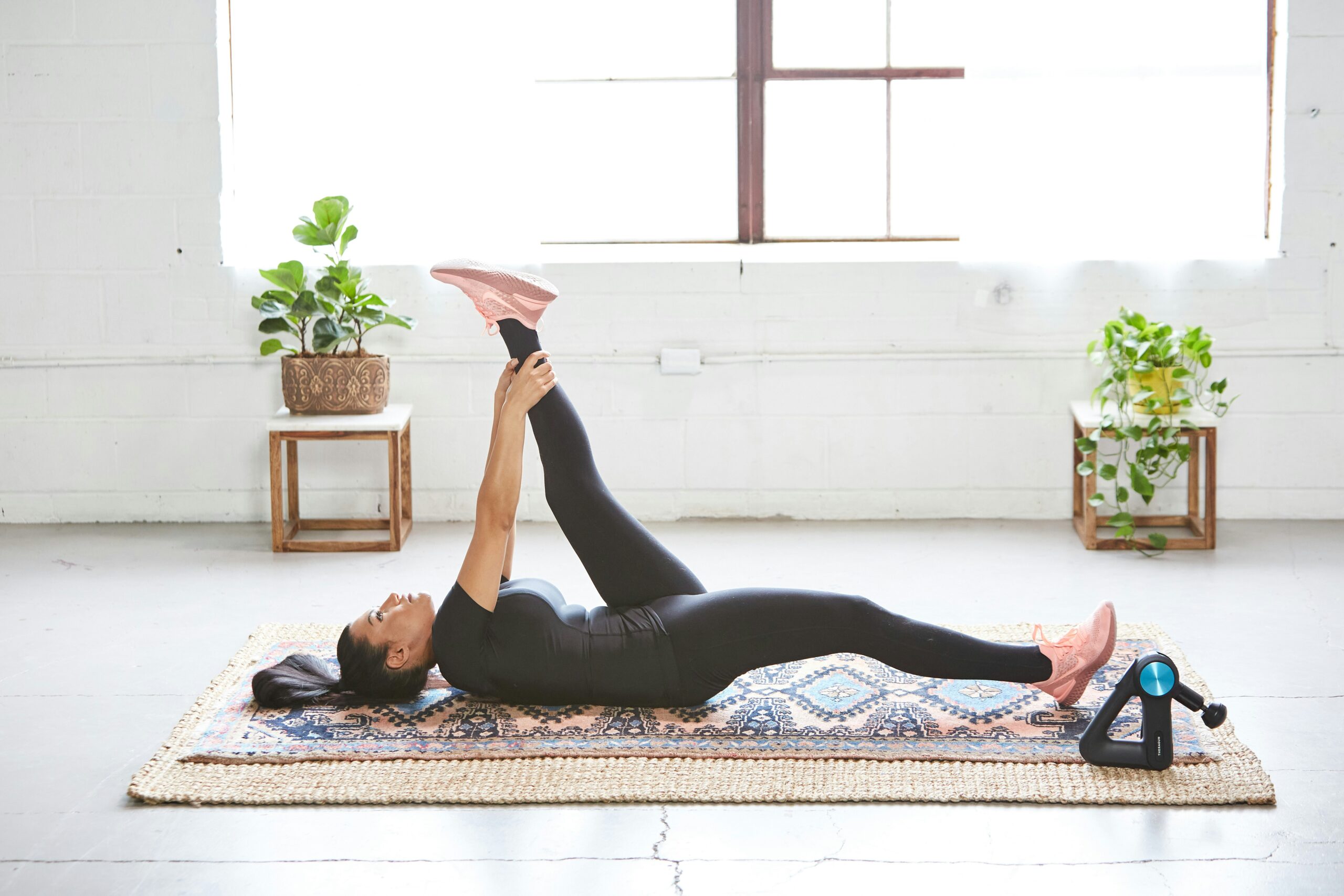
Active recovery
More rehab-based than higher intensity activities which may push you mentally or physically, but not as gentle as passive recovery or complete rest, active recovery gives your body a necessary bridge between high-impact activities and stillness.
A concept commonly practiced in sports and exercise to aid in the recovery process after intense physical activity, active recovery uses low-intensity exercise as a proactive approach to recovery.
Compared to complete rest, or even passive recovery, active recovery requires your participation to promote healing, reduce muscle soreness and enhance overall recovery.
This step ultimately makes it easier to return to full training or competition sooner, whereas with complete rest, you may not actively address muscle soreness or stiffness and it could take longer to dissipate naturally.
[Why You Want Active Recovery In Your Life]
Focused active recovery stimulates blood flow, which helps in the removal of metabolic byproducts (like lactic acid) that accumulate during intense exercise. The gentle movement helps to prevent stiffness – potentially minimizing discomfort associated with delayed onset muscle soreness (DOMS) after a challenging workout.
Examples of active recovery activities include light jogging, cycling, swimming, or dynamic stretching.
As you build your training routine and ramp up your intensity over the course of days or weeks, working some active recovery into your sequence becomes one of the best ways to make sure that your transitions remain fluid, supported and as painless as possible.
In addition to reducing muscle soreness and stiffness through gentle movement and stretching, active recovery can also reduce the risk of injury by helping increase your range of motion and improving joint mobility and flexibility. It also provides some mental relaxation as it offers a mental break from intense training and competition.
As long as you’re exerting X percent (whatever you decide) less force than on your usual workout days, you’re slowing your stress levels and replenishing your energy stores while not completely cutting out movement. A healthy reset goes a long way for the body.
[4 Stretches To Try On Your Next Rest Day]
Stretching A-Z
We spend a lot of time using our bodies in martial arts and other sports. Specific mobilizations and stretches can help prevent a lot of the overuse injuries that result from martial arts, or any sort of grappling sport where your muscles are crunched up or compressed.
To start with, we should also never start a high impact physical activity totally “cold.” This means that some preliminary movement should precede activity, and this is where stretching often comes in.
However, it’s important to note that not all stretching makes a good warmup. In the athletic world, there’s two kinds of stretching: dynamic stretching and static stretching.
Dynamic stretching, a form of stretching that incorporates movement, is the generally-accepted way to warm up in the athletic world. These movements create openness in a more gentle way through repetition, allowing you to wake up your muscles and expand flexibility in a charged and useful way.
Some examples of dynamic stretches include walking toe-touches, tuck rolls and leg swings. You’re still stretching, but the movement-based stretches help open your hips and warm up your joints in an expansive way.
Static stretching represents the act of holding a pose for an extended timeframe – like two minutes. This sort of stretching is ideal after a hard workout or a long session of training, allowing your body to sink into recovery mode through breathwork and an engaged stillness.
Examples of static stretches include lunge stretches, long lunge hip openers, pigeon, and foam roller T-spine extensions.
However, these stretches are for after class only. While an excellent way to boost your oxygen levels and improve blood flow after a high-impact activity, static stretching is generally not recommended by most trainers before working out.

Static stretching introduces elasticity in your muscle which takes away some of your ability to get your muscles to fire, or be explosive. It can also lead to injury because muscles aren’t meant to start being stretched when they’re in a cold state.
An exception to this rule is when the entire workout ahead is stretching-based, such as yoga. If you’re going to a Jiu Jitsu or Muay Thai class, however, or even lifting weights or running, you’ll want to do dynamic stretching beforehand.
[Stretching for Recovery, Performance and Injury Prevention]
Recovery techniques for injury
It’s no secret that martial arts can be a demanding sport. And we all know that even though takedowns, kicks and punches come with the territory, even the most well-intentioned training sessions or matches can result in an injury.
Whether it’s a sprained joint, strained muscle or something more severe, make sure you take the time and steps to recover properly. If you find yourself hurt on the mat, step away immediately and get it checked out.
Once your injury has been evaluated by a medical professional, physical therapy may be recommended as a course of treatment. A physical therapist can design a personalized rehabilitation program to address specific muscle groups and joints affected by the injury.
This may include targeted exercises, stretching routines, and manual techniques to enhance flexibility, strength, and range of motion and prevent future injuries. The goal is to gradually introduce rehabilitation exercises into your routine as advised by your physical therapist and progress over time as you heal.
Some other ways that we can optimize for recovery and get back on the mat faster include prioritizing sleep, staying hydrated, loading up on a balanced diet and seeking support as needed.
[Recovery Techniques for Athletes: Rest, Sleep + Injury Rehab]
Sleep is the real MVP when it comes to healing, even without an injury. During sleep, the body releases growth hormone, which aids in repairing tissues and promoting overall recovery. You should aim for 7 – 9 hours of uninterrupted sleep every night.
To elevate your sleep hygiene, try a darkened room and cooler temperatures before bed, going to bed at the same time every night and avoiding blue light within two hours of bedtime.

Much of martial arts is mental, so it’s important to set yourself up for success in that arena by building healthy habits that hone your mind and body, but also by being compassionate to yourself and your needs.
Whether these practices include meditation, morning journaling and contemplation, breathwork or other recovery and wellness practices, get the most out of your martial arts journey by optimizing your wellness goals in all other areas of your life.
These practices and habits don’t just compliment each other but actively affect your progress positively in the long run.
[Rituals, Food, Vibes + Alarms: Infusing Intentionality into your Life]
Breathwork in martial arts
Martial arts training doesn’t stop at physical techniques; it’s also about focus, control, and discipline. Managing your breathing during martial arts training is an art in itself.
The ability to leverage breathwork enhances your physical performance, mental clarity and overall martial arts experience. And if you haven’t had a training session that’s left you gasping for breath, you’re probably not training hard enough.
Still, not every round should leave you unable to control your breathing. Proper breathing techniques can also increase your endurance and add stability, balance, and power to your movements. It also aids in maintaining mental focus, reducing stress, and calming the mind during intense moments!
For starting out, try a combination of both belly and nasal breathing. Diaphragmatic breathing, also known as belly breathing, is a fundamental technique in martial arts practice. It involves using your diaphragm to draw air deep through your mouth and into your lungs, rather than shallow chest breathing or panting.
Belly breathing allows you to take deeper breaths, increasing the oxygen supply to your muscles and lungs which promotes endurance and higher performance. It also requires you to think about expanding your entire rib cage with each inhale, especially the back, to create as much space as possible.
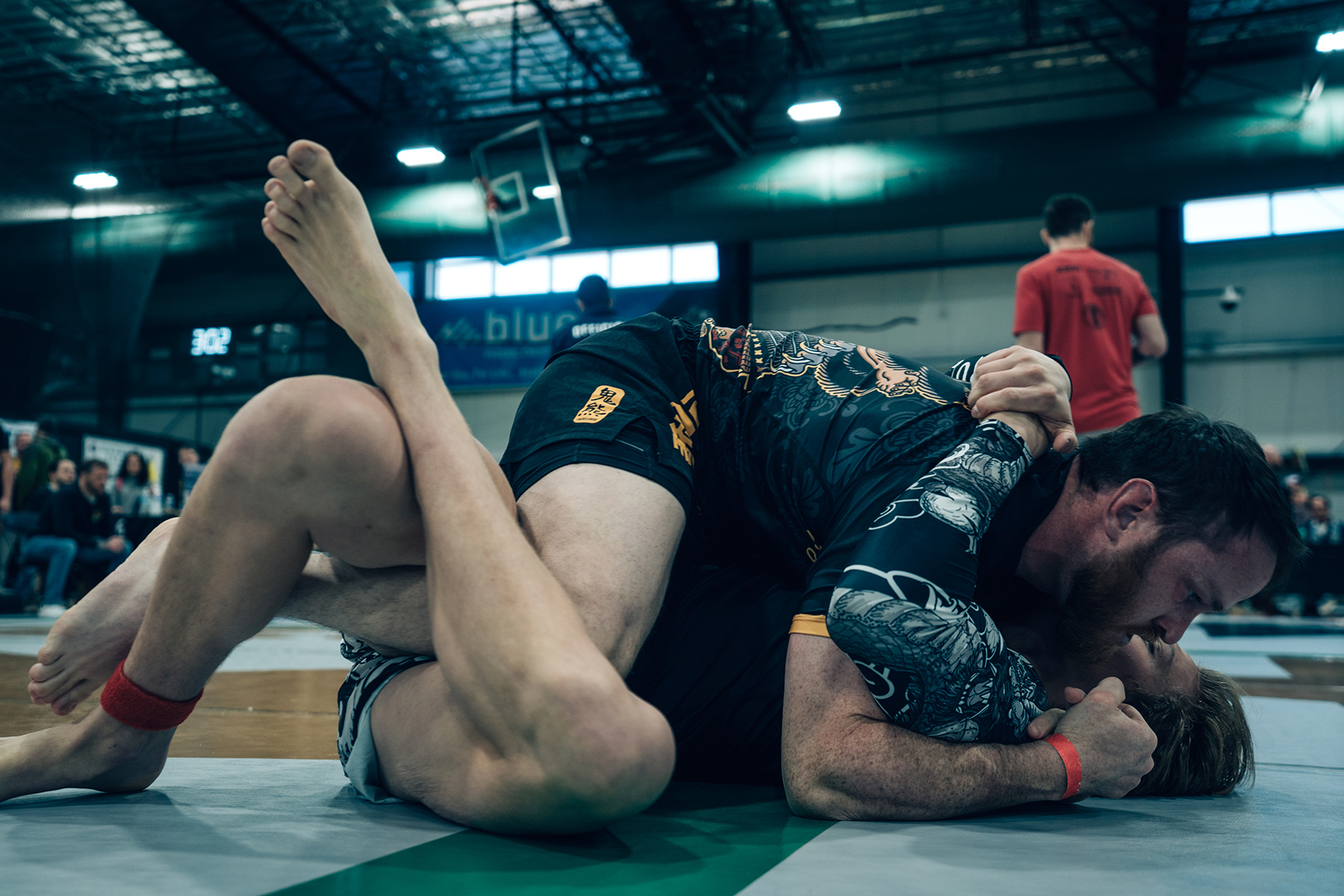
Nasal breathing refers to inhaling and exhaling primarily through the nose. It involves taking in air through the nostrils, passing it through the nasal passages, and into the lungs. Because your nasal passages contain nitric oxide, a gas that widens the blood vessels improving oxygen intake, nasal breathing can help deliver this straight to your muscles during exercise, enhancing performance.
Nasal breathing can also prevent you from hyperventilating by promoting a more controlled breath pattern than mouth breathing. It activates your parasympathetic nervous system and helps your body relax during training.
This is hugely beneficial for getting into a flow state, which can prevent you from being overly tense on the mat and injuring yourself or others.
[Three Breathing Exercises To Calm Your Nerves]
Mastering breath control also allows you to manage your energy output effectively. In martial arts, maintaining a steady and controlled breath is critical for helping prevent exhaustion and ensure sustainable endurance throughout your training session or competition.
Avoid shallow, rapid breathing, as it can lead to increased anxiety and fatigue. Instead, focus on slow, deliberate breaths that provide a sense of calmness and control, like the belly or nasal breathing techniques we mentioned earlier.
Syncing breath with movement, like coordinating your inhales and exhales with specific techniques, becomes crucial to optimizing your performance in martial arts. For example, during striking techniques, try to exhale forcefully on impact to generate power and release tension.
To continue working on breathwork off the mats, dedicate specific time to practice breath training exercises outside of your martial arts sessions. Techniques such as pranayama from yoga or qigong breathing exercises can significantly improve your breath control skills by focusing on breath awareness, deep inhalations, extended exhalations, and breath retention.
Integrating these practices into your routine will enhance your lung capacity, strengthen your respiratory muscles, and improve overall breath control that you can then leverage to strengthen your performance at the academy.
[Training Hard? 6 Ways To Recover]
Nutrition for martial arts
If you frequently train in high-intensity sports like Jiu Jitsu and Muay Thai, you’ll want to make sure you fuel your training as sustainably as possible so you don’t burn out. While a healthy diet looks different for everybody, there are a few key things anyone can do to optimize your performance on the mats!
First and foremost, hydrate. Hydration isn’t just about quenching your thirst; it’s about replacing the water and electrolytes your body loses during rigorous training. While hydration needs vary from person to person, try everyday to drink at least a half ounce of water per pound of bodyweight.
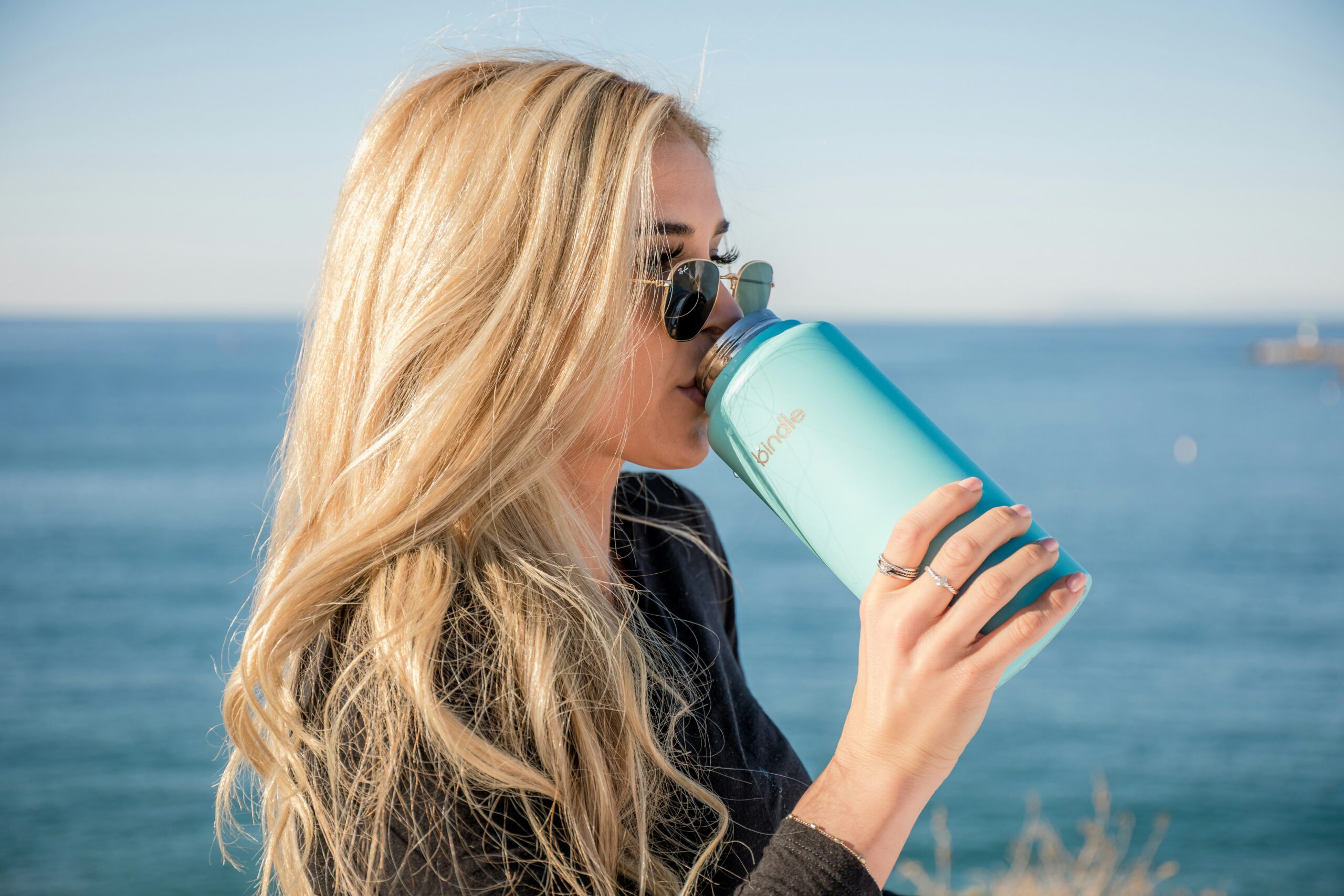
During your workout, aim for 6 ounces every 15 minutes to stay optimally hydrated. Too much will bog you down, and too little will cause dehydration which can hinder performance and recovery, making all your hard work less effective.
So don’t skimp on water, and after training, make sure you replace the water you’ve lost. If you really want to get precise, you can weigh yourself before and after training to get a rough idea of how much you need to replace.
A typical water bottle is about 1 L in volume, which weighs 2.2lbs. So for every pound of water lost, drink 500ml, or ½ of a Nalgene water bottle.
[The Power of Hydration in Sports and Fitness]
Embrace micronutrients – they don’t get enough credit. Macronutrients include your carbs, fats and proteins, but micronutrients are the vitamins and minerals that our bodies need in small amounts, and not getting enough can cause big problems.
Think – citrus, leafy greens, garlic. Vitamins, minerals and antioxidants support cardiovascular and nervous system functions, produce enzymes and hormones, and have anti-inflammatory effects.
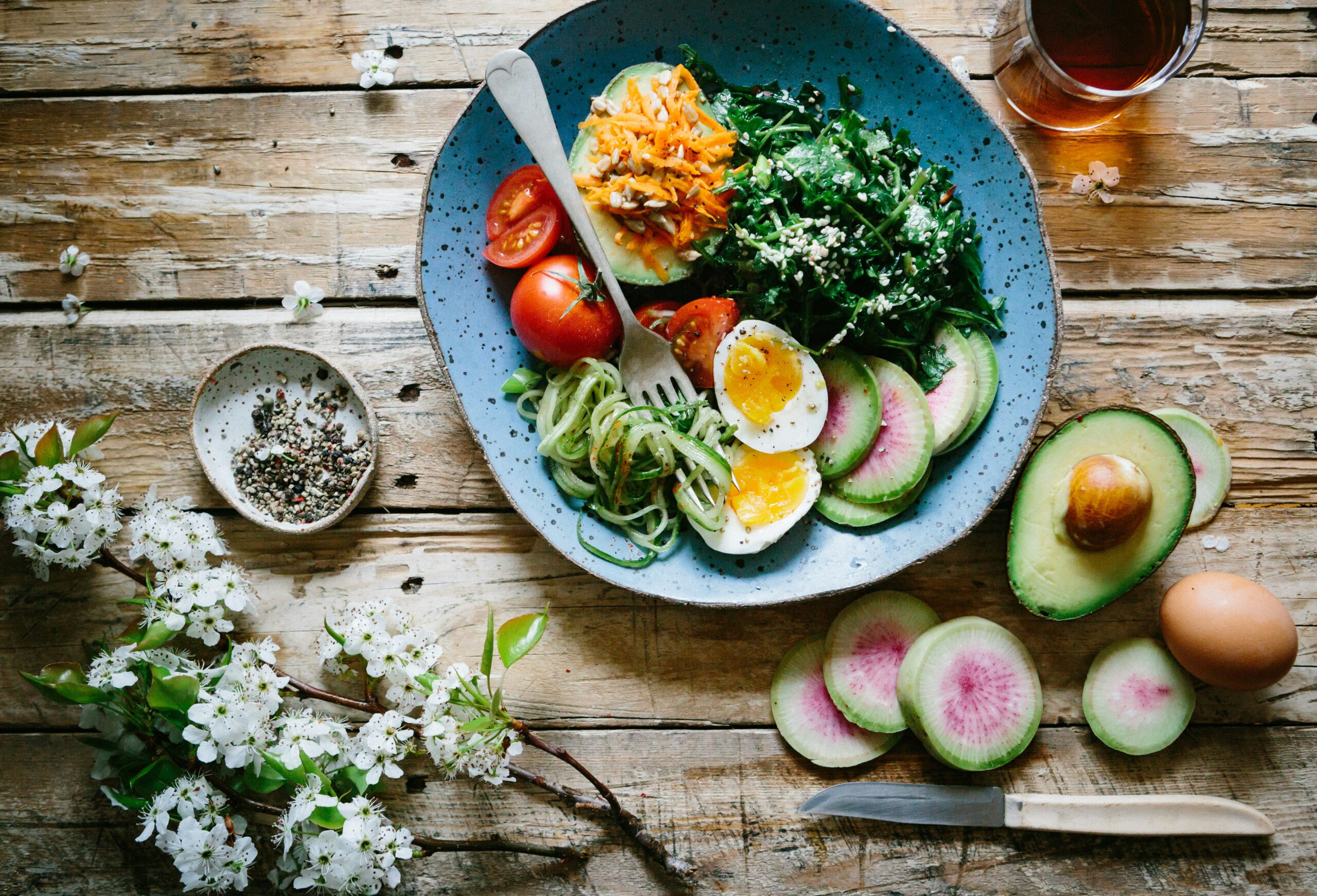
If you’re not the best at eating veggies but still want to fuel up, smoothies make a great way to pack in some micronutrients. Along with smoothies, juice can be a great alternative to eating whole fruits and vegetables.
For some insights from a range of our coaches and community members, check out this collection of nutritional tips we put together!
Supplementing for martial arts
From electrolytes and creatine to protein, magnesium and caffeine, supplements can enhance and optimize your performance and recovery.
Electrolytes serve vital functions in athletic performance and hydration, so make sure you’re replacing them with sports drinks like LMNT, Gatorade or even Pedialyte. All contain valuable electrolytes and simple carbohydrates to replenish your energy.
While training Brazilian Jiu Jitsu and Muay Thai, it’s crucial to fuel your body with the right amount of protein before and after a grueling workout. Protein helps repair and build your muscles, making it a key component in recovery.
Make sure you’re consuming high-quality protein sources, such as lean meats, fish or plant-based proteins. A high quality protein powder can also be very effective here!
Timing and quantity is important – aim to consume your protein meal 2-3 hours before your workout to avoid any gastrointestinal distress, and look to consume about one gram of protein per pound of bodyweight every day.
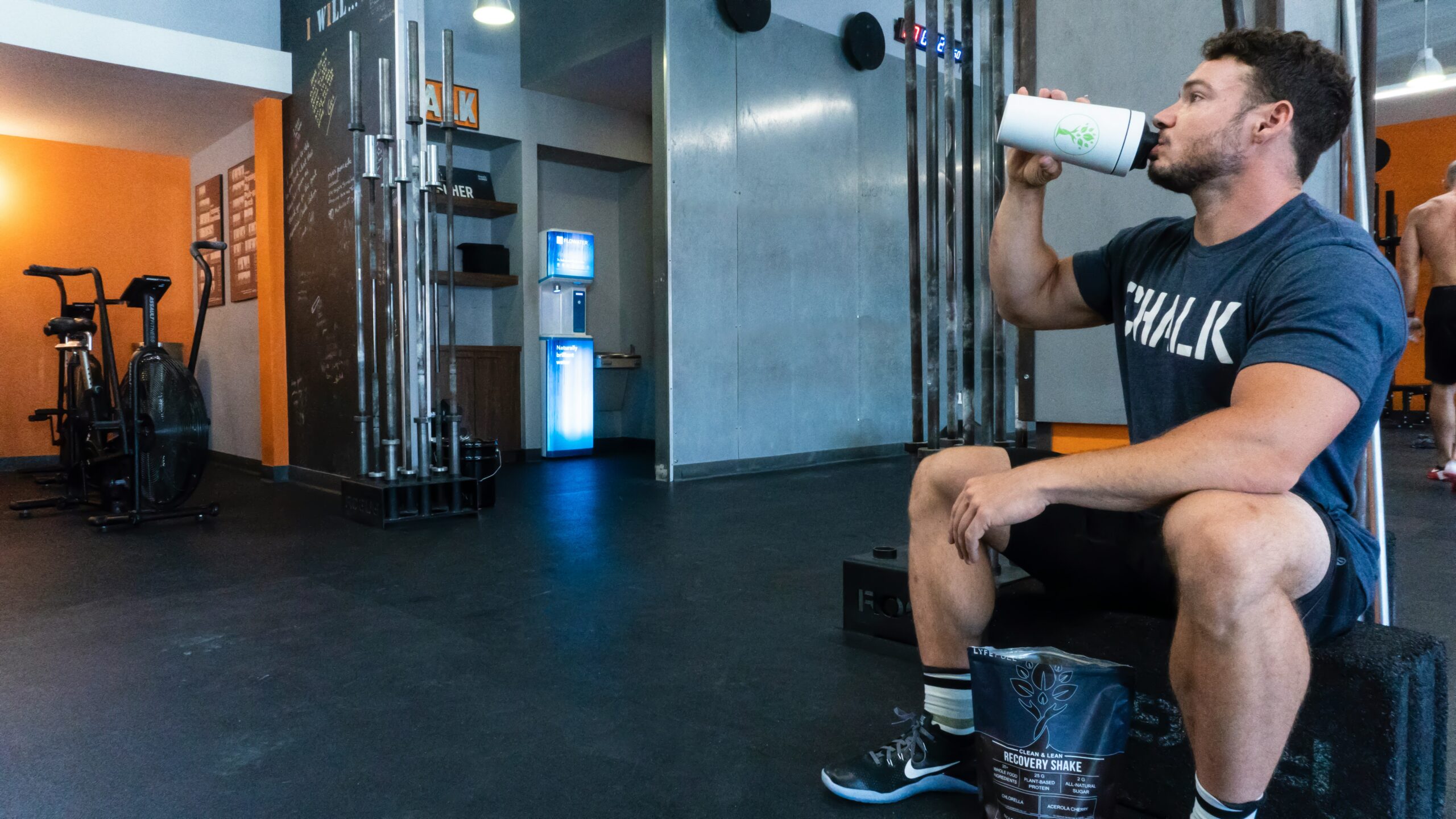
[How to Fuel Your Training in the Summer Heat]
Creatine, a supplement frequently used for strength training and high-intensity workouts, is a naturally occurring substance found in muscle tissue and an integral part of muscle contraction.
Once you run out, the body begins to rely on stored carbohydrates for energy, at which point muscle contractions begin to lose power. Having enough creatine in your system can help you perform at high intensities for longer.
Taking creatine can be especially useful for BJJ and Muay Thai athletes, as it can boost power, strength and muscle mass, as well as reduce post-exercise fatigue. Creatine is also great for fasting.
Learn about other natural supplements, such as caffeine, Rhodiola Rosea and magnesium, for your training journey here!
[Kion Founder Angelo Keely: Why Less Is More]
Fasting in martial arts
Fasting has become a hot new fitness and dieting trend popular among athletes and fitness enthusiasts. Unlike many trends, however, fasting actually provides serious benefits.
Some of the proven benefits of fasting include boosts in cognitive function, reduced inflammation, decrease in metabolic diseases and positive effects on longevity.
A common example of fasting can look like confining your eating to an 8-hour window, meaning you fast for 16 hours (including sleep.) This type of fasting is known as intermittent fasting.
In everyday life, intermittent fasting can be a great way to help regulate your diet, cut weight for an MMA fight, or reset your metabolism.
You can still consume the same amount of calories throughout the 8-hour feeding period that you would without fasting, but a set timeframe for eating can help to halt cravings and avoid the type of late night snacking that hinders weight loss. Additionally, you often feel the added benefit of more energy, strength and clarity in the mornings.
With a range of protocols, fasting is something that you can adapt to almost any lifestyle. Many people practice intermittent fasting using either a 16/8 or 18/6 protocol, meaning they eat in a 6-8 hour window and fast the rest of the time.
Another option for beginners is a 14/10 protocol. This means you could break your fast around 9am each day and finish your last meal by 7pm. If you find this easy, extend your fast until 10am and try to be done eating by 6pm.
These simple approaches are two of many. There’s OMAD (one meal a day), alternate day fasting, which means every other day you fast the entire day, and longer fasts like 24- and 48-hour sessions.
For more on the benefits and protocols of fasting, check out our blog post!
Hygiene on the mats
Martial arts practice is very much a contact sport. Whether you’re grappling or striking, sweat is going to soak through your gear. With such close contact to others, it’s both a courtesy and an expectation that you practice good hygiene yourself, and with your training gear.
Not washing gis, rash guards, spats, gloves, pads or wraps can cause sweat and bacteria to get trapped in the gear and smell less than ideal. Not only does this damage your gear, but fungus and bacteria can live in unwashed fabrics and surfaces, and this creates a hygiene concern for the whole academy.

We all know how important it is to shower after training. A post-training shower helps ensure you wash off any potential bacterial or fungal infections, but it’s equally important to shower before training if you’re coming from previous physical activity, like weightlifting or running.
Do your training partners a favor and rinse off before your second session. No one wants to train with a partner who’s already sweaty, and it helps keep the academy a hygienic place.
Wear deodorant. Need we say more?
Keeping your nails trimmed is an essential in grappling and striking. Long nails can scratch your training partners and put them at risk for bacterial infections. Please trim your fingernails and your toenails before coming to class.
Your gear is going to get smelly after training, there’s no way around it. Disinfect your gloves and pads after class with disinfectant sprays and wipes.
Let your gear air out outside in the sun from time to time. Wash your wraps, kimonos or rash guards in soapy water with a good detergent as soon as possible after training to prevent bacteria and smells from sticking in your clothes.
Laundry add ons like the Lysol® Laundry Sanitizer is specially formulated to kill 99% of bacteria that detergents could leave behind, plus it smells good. Regular laundry detergents with odor fighters like Tide PODS 4 in 1 Febreze Sport Odor Defense, Laundry Detergent Soap PODS are also a great option to keep your training clothes fresh.
Know when to let your gear go. We all have that one favorite gi or rash guard we love to wear. But like most items, your gear also has a shelf life, both in terms of wear and tear, and smell.
If your favorite white gi is now a solid shade of brown or gray, or no matter how many times you wash it, it still doesn’t smell clean, it’s time to let it go. We have plenty of gear at our academy pro shops so you can swap out old, stinky pieces!
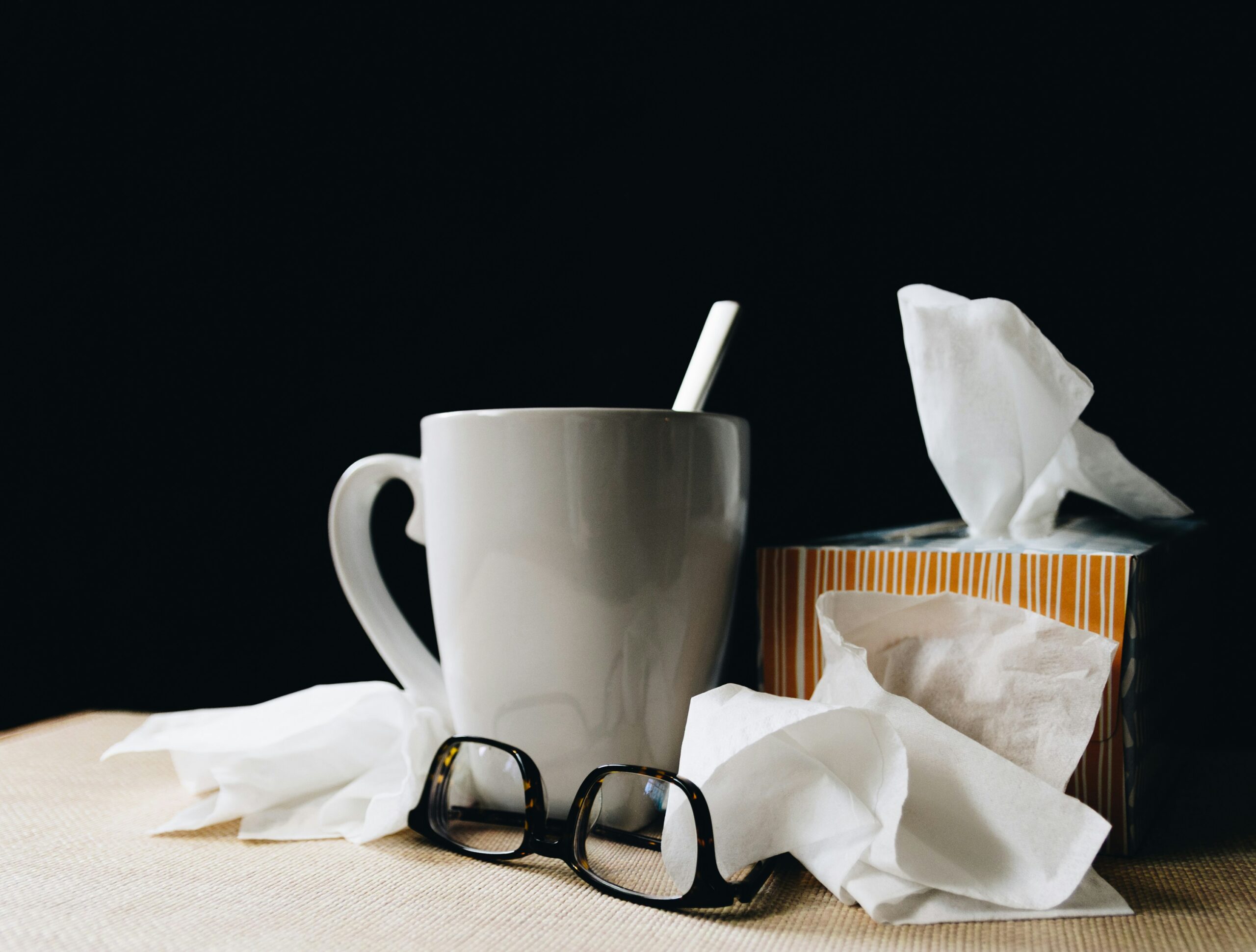
Sick? Stay home
With any contact sport, the risk of spreading infection by skin-to-skin contact or through infected surfaces becomes especially high if personal hygiene starts to get neglected.
If you notice signs of a possible rash, ringworm or staph on your skin, we ask that you please stay home until it’s treated so you don’t spread it to others.
If you have open wounds or cuts, we recommend not training until they are healed to help prevent risk of contracting staph. Knowing the signs of ringworm and staph are important to prevent spreading infections.
In the end, practicing personal hygiene and keeping your gear clean provides a better experience for you and your training partners. We want to make sure our community is healthy and your training partners keep coming back!

